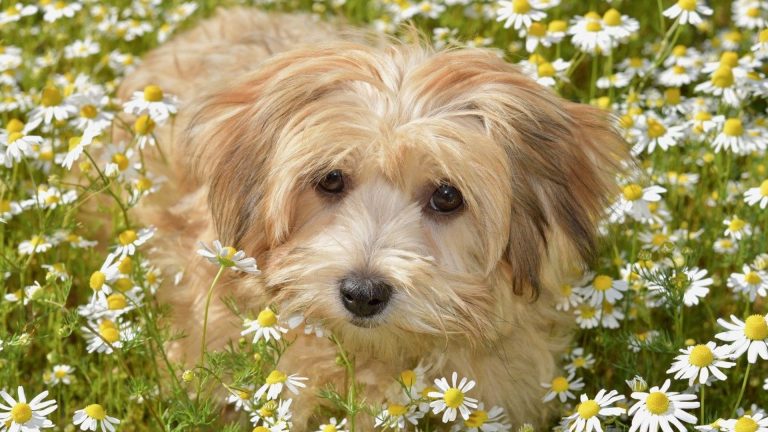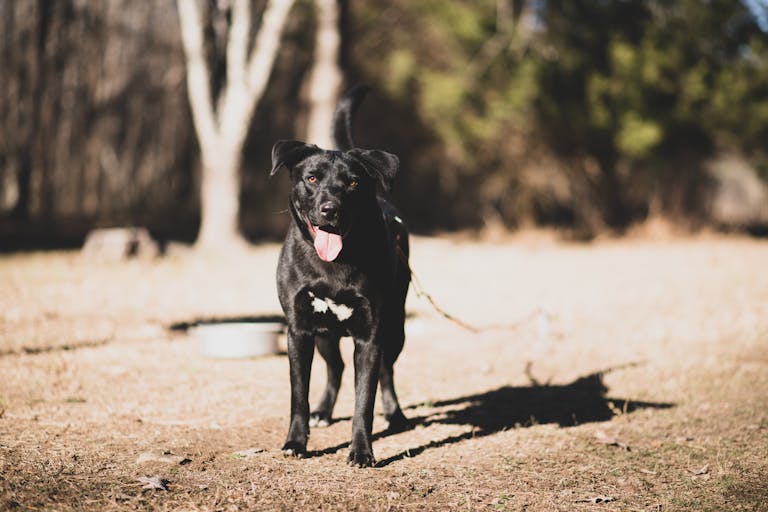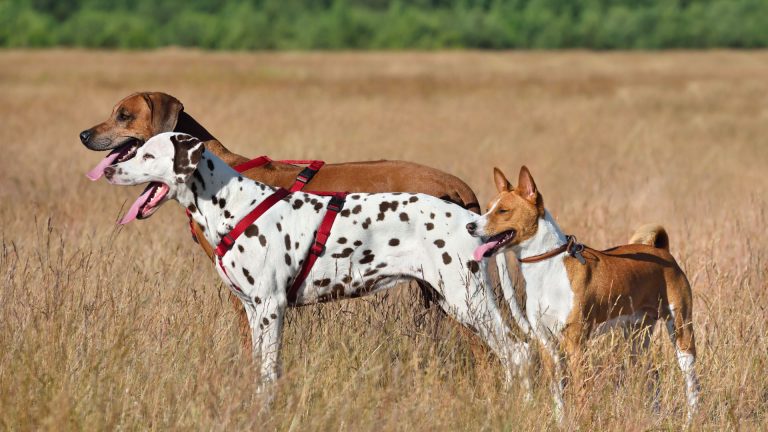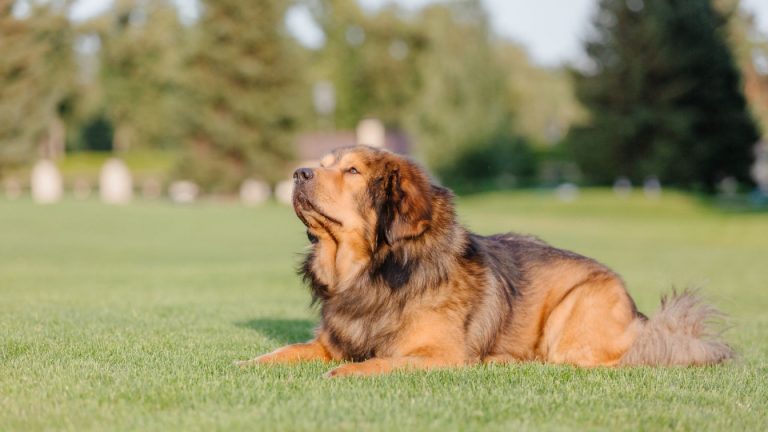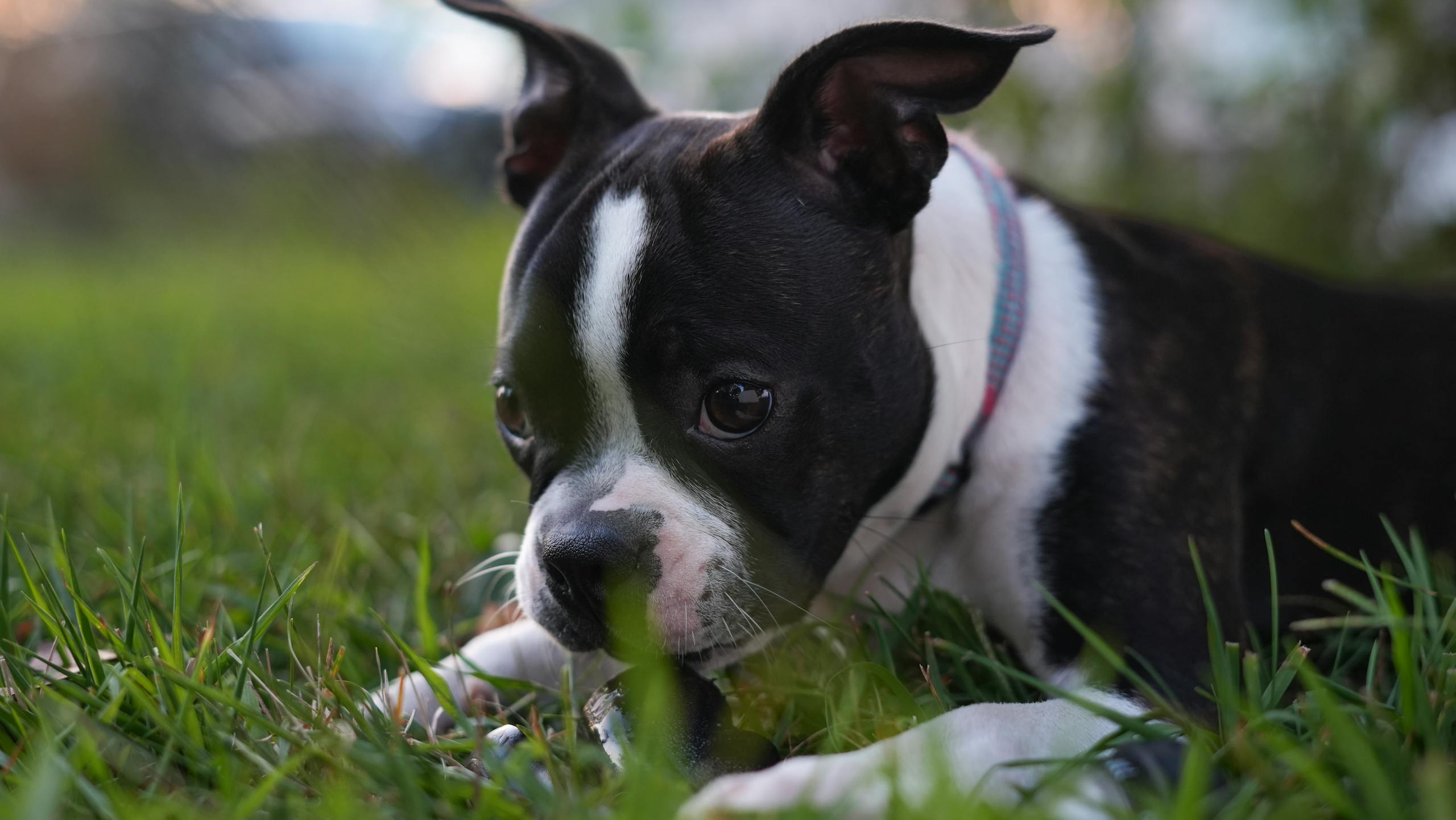
Ever seen a dog that looks like it’s wearing a shiny blue tuxedo? That’s the Blue Boston Terrier! These charming pups are a rare variation of the Boston Terrier breed, known for their striking blue-gray coat and friendly personality. Nicknamed the “American Gentleman” for their dapper looks, Blue Boston Terriers steal hearts with their playful antics and loyal nature. This article will explore what makes these dogs unique, their history, care needs, and why they’re an excellent fit for many homes. Let’s dive into the world of Blue Boston Terriers!
What Is a Blue Boston Terrier?
A Blue Boston Terrier has a rare blue-gray coat, caused by a recessive gene that dilutes the usual black pigment. They’re not a separate breed—just a color variation of the standard Boston Terrier. These dogs have the same compact, muscular build, standing 12-17 inches tall and weighing 10-25 pounds. Their smooth, short coat shows off a silvery or steel-blue hue, often with white “tuxedo” markings on the face, chest, and paws. Despite their unique look, they share lovable traits like other Boston Terriers.
Why They Stand Out
The Blue Boston Terrier’s coat is what catches the eye. Unlike the standard black, brindle, or seal colors recognized by the American Kennel Club (AKC), the blue shade is rare and not part of the official breed standard. This makes them less common in dog shows but super popular among pet owners who love their distinctive style. Their big, round eyes and expressive faces add to their charm, making them look alert and full of personality.

The History of Blue Boston Terriers
Boston Terriers started in the late 1800s in Boston, Massachusetts, when a man named Robert C. Hooper bred a dog named Judge, a mix of a Bulldog and an English White Terrier. This laid the foundation for the breed. Over time, breeders refined the Boston Terrier into a smaller, friendlier companion, earning the nickname “American Gentleman” for its tuxedo-like markings. The AKC recognized the breed 1893, but only for black, brindle, or seal coats with white markings.
The Blue Variation
Blue Boston Terriers likely appeared naturally due to a genetic mutation in the MLPH gene, which dilutes black pigment to a blue-gray shade. While we don’t know precisely when the first Blue Boston Terrier was born, their color wasn’t part of the breed’s standard, so they remained rare. Today, some breeders focus on this color, but it’s controversial because the AKC doesn’t recognize blue as an official color, and some worry about health risks tied to breeding for rare colors.
Why Blue Boston Terriers Shine
Blue Boston Terriers are full of life! They’re playful, affectionate, and love being around people. These dogs are great with kids, making them excellent family pets. They’re also intelligent and eager to please, which makes training a breeze. Their goofy side comes out during playtime, but they’re just as happy snuggling on the couch. They get along with other pets and adapt well to different homes, from apartments to houses.
Perfect for Small Spaces
Blue Boston Terriers are ideal for city living thanks to their small size and moderate energy. They need daily walks and playtime, but they’re not as high-energy as some breeds. A quick game of fetch or a short walk keeps them happy. Their short coat also means less shedding, which is a bonus for keeping your home clean.
Caring for a Blue Boston Terrier
The Blue Boston Terrier’s low-maintenance coat needs special care to stay healthy. Brush it weekly with a soft brush to keep it shiny and reduce shedding. Because its blue color comes from a dilution gene, it can be prone to Color Dilution Alopecia (CDA), which causes hair loss and skin issues. Use gentle, vet-approved shampoos and avoid harsh products to prevent irritation. Regular baths every 4-6 weeks keep its coat looking great.
Exercise and Play
These pups need about 30-60 minutes of exercise daily. A mix of walks, playtime, or indoor games works well. They love activities like fetch or tug-of-war, and their intelligence makes them great for obedience training or agility games. Be careful in hot weather—Blue Boston Terriers have short snouts (brachycephalic), which can make breathing harder in heat or during intense exercise.
Diet and Health
Feed your Blue Boston Terrier high-quality dog food suited to its size and activity level. Stick to a feeding schedule to avoid overeating, as they can gain weight easily. Common health issues include brachycephalic syndrome (breathing problems), patellar luxation (knee issues), and eye conditions like cataracts. Regular vet checkups and a healthy diet help keep them in top shape. With good care, their lifespan is typically 11-15 years.
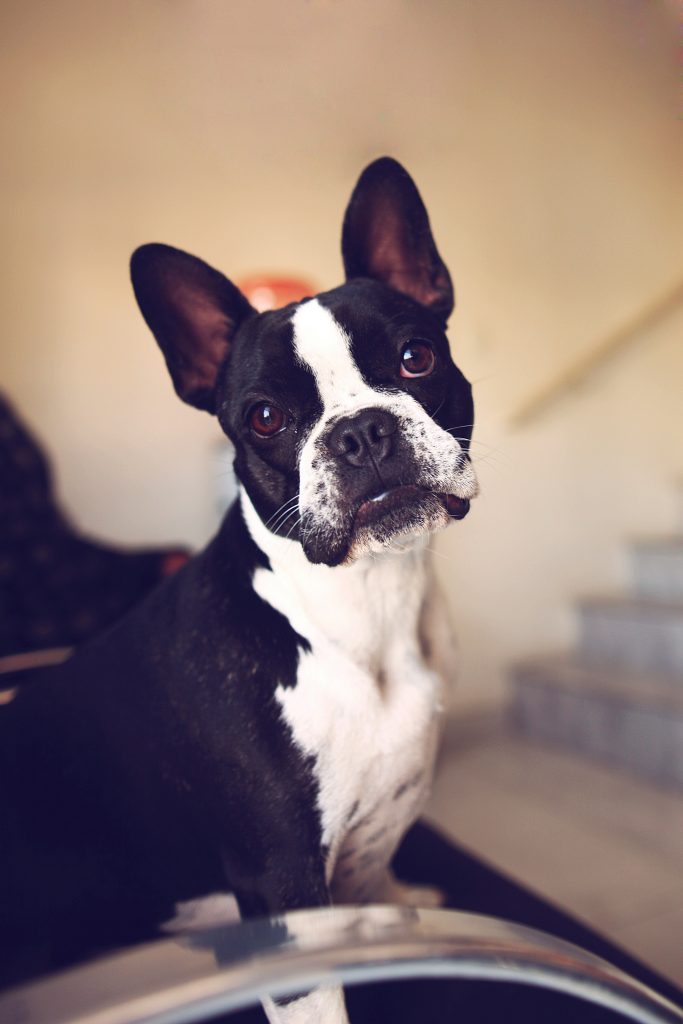
Common Mistakes to Avoid
Owning a Blue Boston Terrier is rewarding, but here are some pitfalls to watch out for:
- Choosing Color Over Health: Don’t pick a puppy just for its blue coat. Work with reputable breeders who prioritize health and temperament, as some blue-coated dogs may come from unethical breeding practices.
- Skipping Socialization: Blue Boston Terriers need early socialization to be confident around people and other dogs. Expose them to new places and faces as puppies to avoid shyness or aggression.
- Ignoring Heat Sensitivity: Their short snouts make them sensitive to hot weather. Avoid long walks in summer heat and provide plenty of water and shade.
Are Blue ❤ Boston Terriers Right for You?
Blue Boston Terriers are great for families, singles, or seniors who want a small, loving companion. They thrive in homes where they get attention and moderate exercise. Their adaptability is a big plus if you live in an apartment or have a busy lifestyle. However, they’re not ideal for people who want a low-maintenance dog or live in hot climates. Always adopt from shelters or reputable breeders to ensure a healthy pup.
Blue Boston Terriers are a rare gem in the dog world, blending a stunning blue-gray coat with the classic charm of the Boston Terrier. Their friendly, playful nature and compact size make them perfect for many homes. By giving them proper care, exercise, and love, you’ll have a loyal friend for years. Ready to add a Blue Boston Terrier to your life? Check out local rescues or trusted breeders, and get ready for a pup that’s as special as its coat! Share your thoughts or experiences with Boston Terriers below!
FAQs
- Does the AKC recognize Blue Boston Terriers?
No, the AKC only recognizes black, brindle, and seal with white markings. Blue is a rare color and not part of the breed standard. - Do Blue Boston Terriers have more health issues?
They may be prone to Color Dilution Alopecia, but they’re as healthy as other Boston Terriers with proper care. Choose a reputable breeder to avoid genetic issues. - How much exercise does a Blue Boston Terrier need?
About 30-60 minutes daily, including walks and play. They’re moderately active and love indoor games too. - Are Blue Boston Terriers good with kids?
They’re playful and gentle, making them great family pets when socialized early. - Where can I find a Blue Boston Terrier?
Look for reputable breeders who health-test their dogs or check Boston Terrier rescues for adoptable pups.

Hello, I’m Donna Carter, the founder and writer behind PetFleck.com. My journey with dogs started years ago, and it’s been a passion that has only grown stronger over time. I’ve always been fascinated by the unique behaviors and characteristics of different dog breeds, and this curiosity has led me to dive deep into the world of canine studies.
My love for dogs is the driving force behind everything I do. I’ve dedicated countless hours to researching and understanding the nuances of dog care, training, and breed-specific traits. This dedication helps me create content that is not only informative but also genuinely helpful for fellow dog lovers and owners.
At PetFleck, I combine my extensive knowledge and hands-on experience with my passion for dogs to provide valuable insights and tips. Whether it’s exploring different breeds or offering practical advice on dog care, I aim to share knowledge that makes a real difference in the lives of dogs and their families.
I’m thrilled to share my love for dogs with you through my writing. I hope my articles inspire and inform, helping you to better understand and appreciate the incredible bond we share with our furry friends.
Thank you for visiting PetFleck.com, and I look forward to connecting with you through our shared love of dogs!



